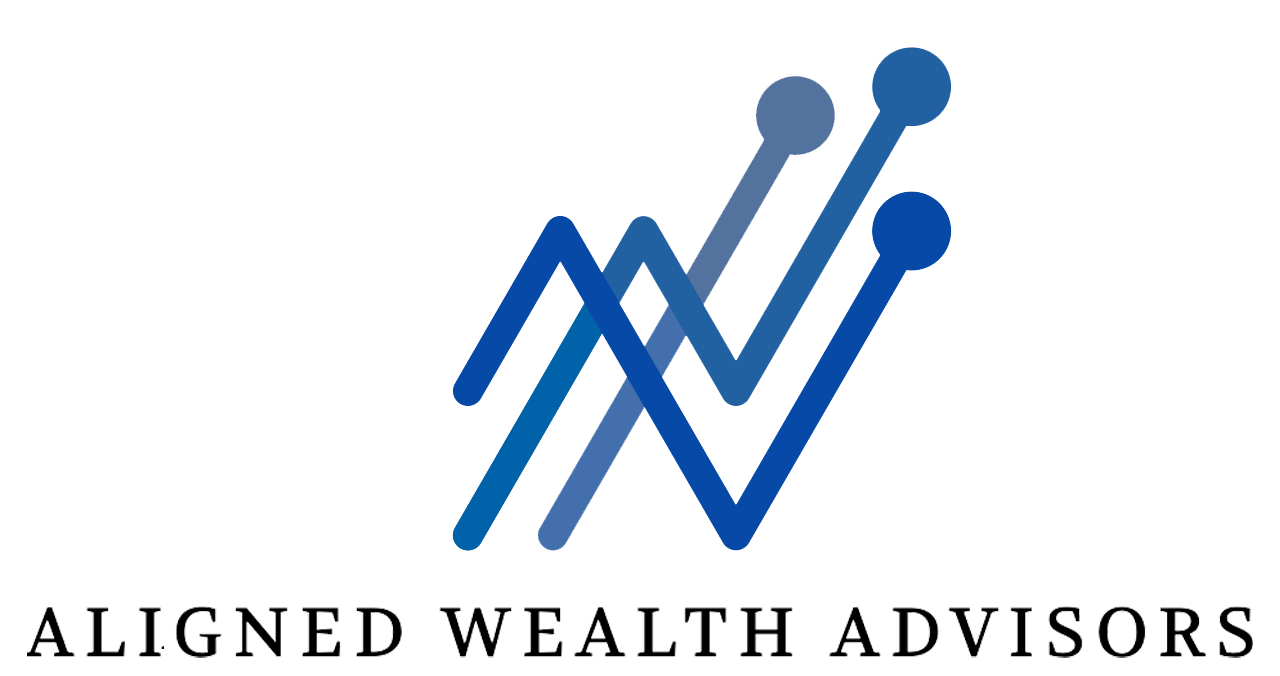Financial Planning for Self-Employed Professionals: Building Stability

Navigating the world of self-employment can be both exhilarating and daunting. While the freedom to set your own schedule and pursue your passions is appealing, the financial responsibilities that come with being self-employed can feel overwhelming. This blog will explore essential financial strategies for self-employed individuals, focusing on retirement savings, tax efficiency, and income management. By implementing these strategies, you can build a stable financial future while enjoying the benefits of being your own boss.
Understanding the Financial Landscape for Self-Employed Individuals
Self-employed individuals face unique financial challenges that require a proactive approach to planning. Unlike traditional employees who receive regular paychecks and benefits, self-employed professionals often experience fluctuating income streams. This unpredictability makes it crucial to establish a solid financial plan that encompasses budgeting, saving, and investing.
Key Financial Strategies
- Retirement savings
- Tax efficiency
- Income management
By focusing on these areas, you can create a roadmap that leads to financial stability and success.
Retirement Savings: Securing Your Future
One of the most critical aspects of financial planning for self-employed individuals is retirement savings. Without an employer-sponsored retirement plan, it's essential to take charge of your retirement strategy. There are several options available, each with its benefits:
- SEP IRA: A Simplified Employee Pension (SEP) IRA allows you to contribute up to 25% of your net earnings, with a maximum contribution limit of $66,000 for 2023. This option is ideal for self-employed individuals looking to maximize their retirement savings while enjoying tax deductions.
- Solo 401(k): If you're a sole proprietor or have a side business, a Solo 401(k) might be the right choice. You can contribute both as an employee and employer, allowing for significant contributions—up to $66,000 if you're under 50 or $73,500 if you're over 50.
- SIMPLE IRA: A Savings Incentive Match Plan for Employees (SIMPLE) IRA is another option that allows you to contribute up to $15,500 in 2023, with an additional catch-up contribution of $3,500 if you're over 50.
- Traditional or Roth IRA: These individual retirement accounts allow you to save up to $6,500 annually (or $7,500 if you're over 50). The main difference lies in how and when you pay taxes on your contributions and withdrawals.
By diversifying your retirement accounts, you can take advantage of different tax benefits and ensure a more secure financial future.
Tax Efficiency: Navigating Your Obligations
Tax planning is crucial for self-employed professionals since you're responsible for both the employer and employee portions of Social Security and Medicare taxes. Here are some strategies to enhance your tax efficiency:
- Set Aside Money for Taxes: It's essential to allocate a portion of your income for taxes throughout the year. A good rule of thumb is to set aside 25-30% of your monthly earnings. This practice helps avoid surprises during tax season and ensures you have enough funds available.
- Quarterly Estimated Taxes: As a self-employed individual, you'll need to file quarterly estimated taxes based on your projected income. This approach helps you manage cash flow while avoiding penalties for underpayment.
- Maximize Deductions: Keep meticulous records of all business-related expenses, including home office deductions, travel expenses, and health insurance premiums. By maximizing deductions, you can reduce your taxable income significantly.
- Work with a Tax Professional: Collaborating with an accountant or
tax advisor can help you navigate complex tax regulations and identify additional deductions or credits available to self-employed individuals.
Income Management: Building Stability Amid Fluctuations
Managing irregular income is one of the most significant challenges faced by self-employed professionals. Here are some strategies to help you maintain stability:
- Create a Budget: Establishing a budget based on your lowest monthly income can help ensure that essential expenses are covered even during lean months. Track your income and categorize expenses into fixed (rent, utilities) and variable (entertainment, dining out) costs.
- Build an Emergency Fund: Aim to save at least three to six months' worth of living expenses in an emergency fund. This cushion provides peace of mind during slow periods or unexpected expenses.
- Diversify Income Streams: Consider exploring additional revenue sources such as freelance projects or passive income opportunities. Diversification can help smooth out income fluctuations and provide greater financial security.
- Pay Yourself a Salary: Establishing a consistent salary from your business helps control cash flow and ensures you have funds available for personal expenses each month.
Real-Life Example: Sarah's Journey
Let’s consider Sarah, a graphic designer who transitioned from a full-time job to freelancing. Initially overwhelmed by her irregular income, she implemented several strategies:
- She opened a SEP IRA and committed to contributing 20% of her earnings each month.
- Sarah set aside 30% of her income for taxes and started filing quarterly estimates.
- She created a budget based on her lowest monthly earnings and built an emergency fund covering six months' worth of expenses.
- To diversify her income, Sarah began offering online courses in graphic design.
As a result of these strategies, Sarah not only stabilized her finances but also felt empowered by taking control of her financial future.
Conclusion
Financial planning is vital for self-employed professionals seeking stability in their careers. By focusing on retirement savings, tax efficiency, and effective income management strategies, you can build a solid foundation for long-term success. Remember that every individual's financial journey is unique; what works for one person may not work for another. However, by implementing these strategies and remaining proactive in managing your finances, you can enjoy the freedom that comes with being self-employed while securing your financial future.
Andrea Ward, CPA
Andrea has worked in the finance industry for nearly all of her professional life. Taking over the family business she continues to combine her tax and investment knowledge to leverage the investment power of money while reducing gains taxes paid to the IRS. She lives in the Fort Worth, Texas area, (although is happy to work with virtual clients all over the United States!) Andrea loves to travel and dabble in home decorating.
Matt Ward
Matt began helping clients in the insurance industry. However, he struggled with big business’s emphasis on selling rather than helping, so he came to work with the family business focusing on investment advisory. In his free time, he shreds the gnar on his snowboard and jams on drums and guitar (but not at the same time).




